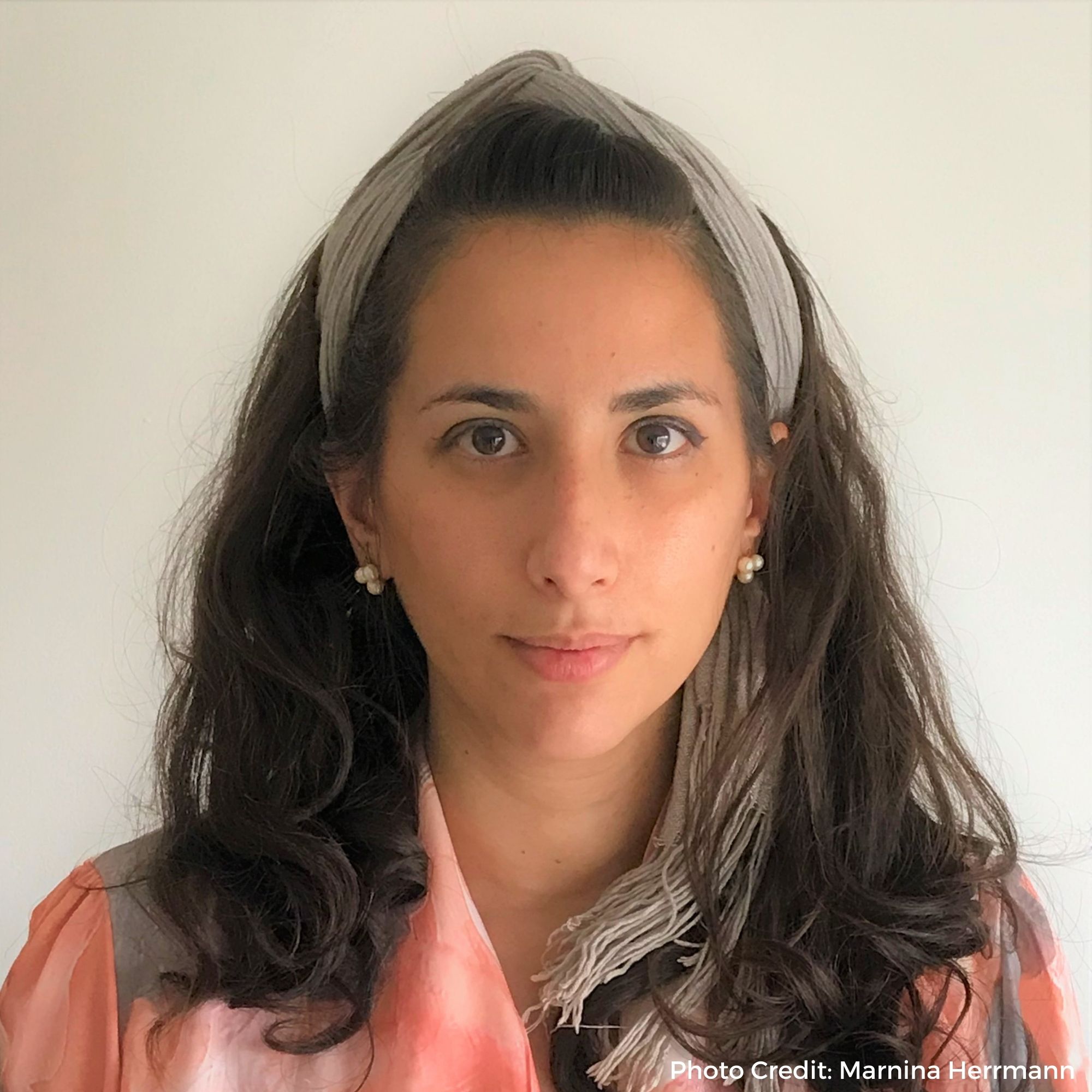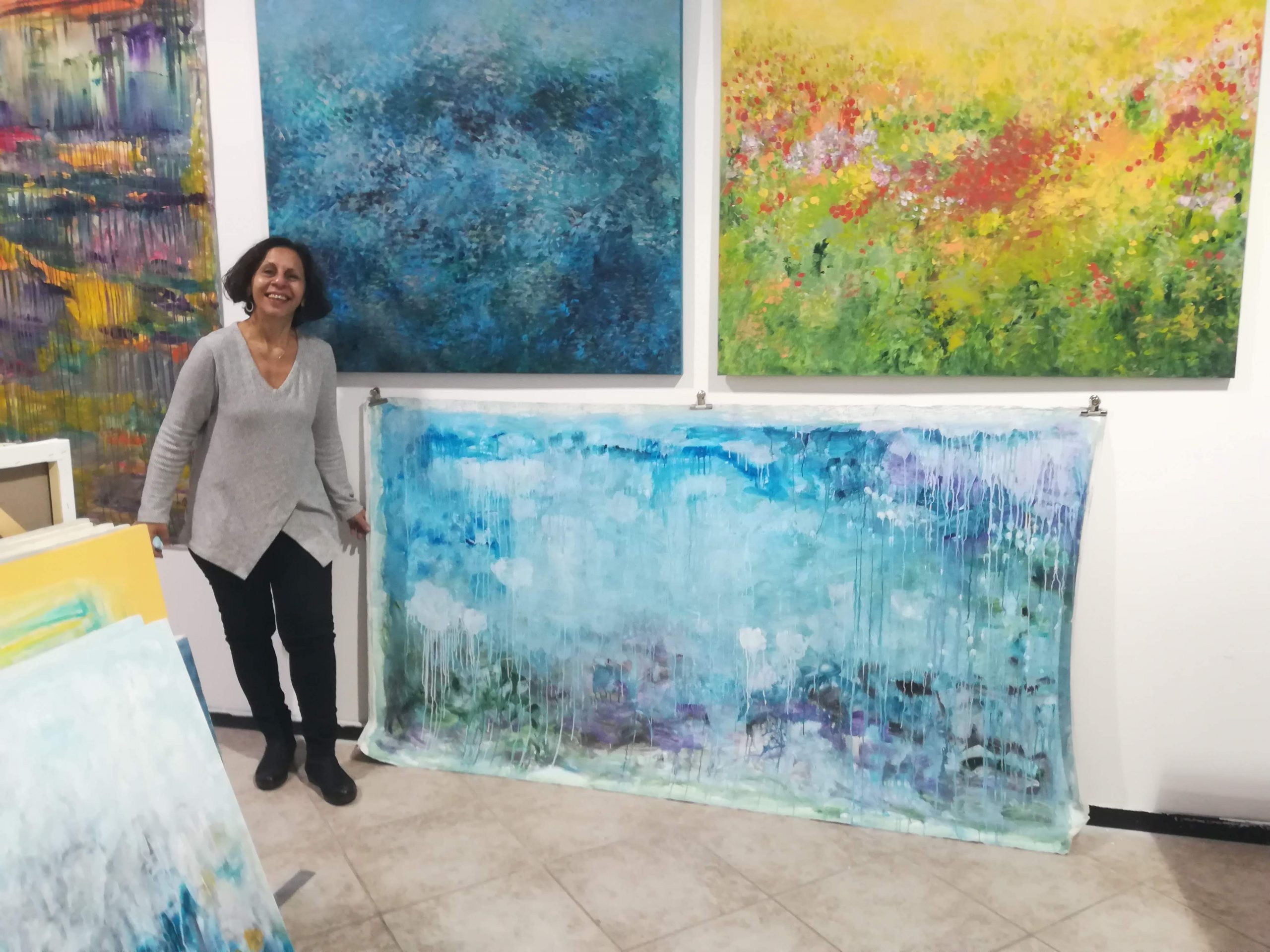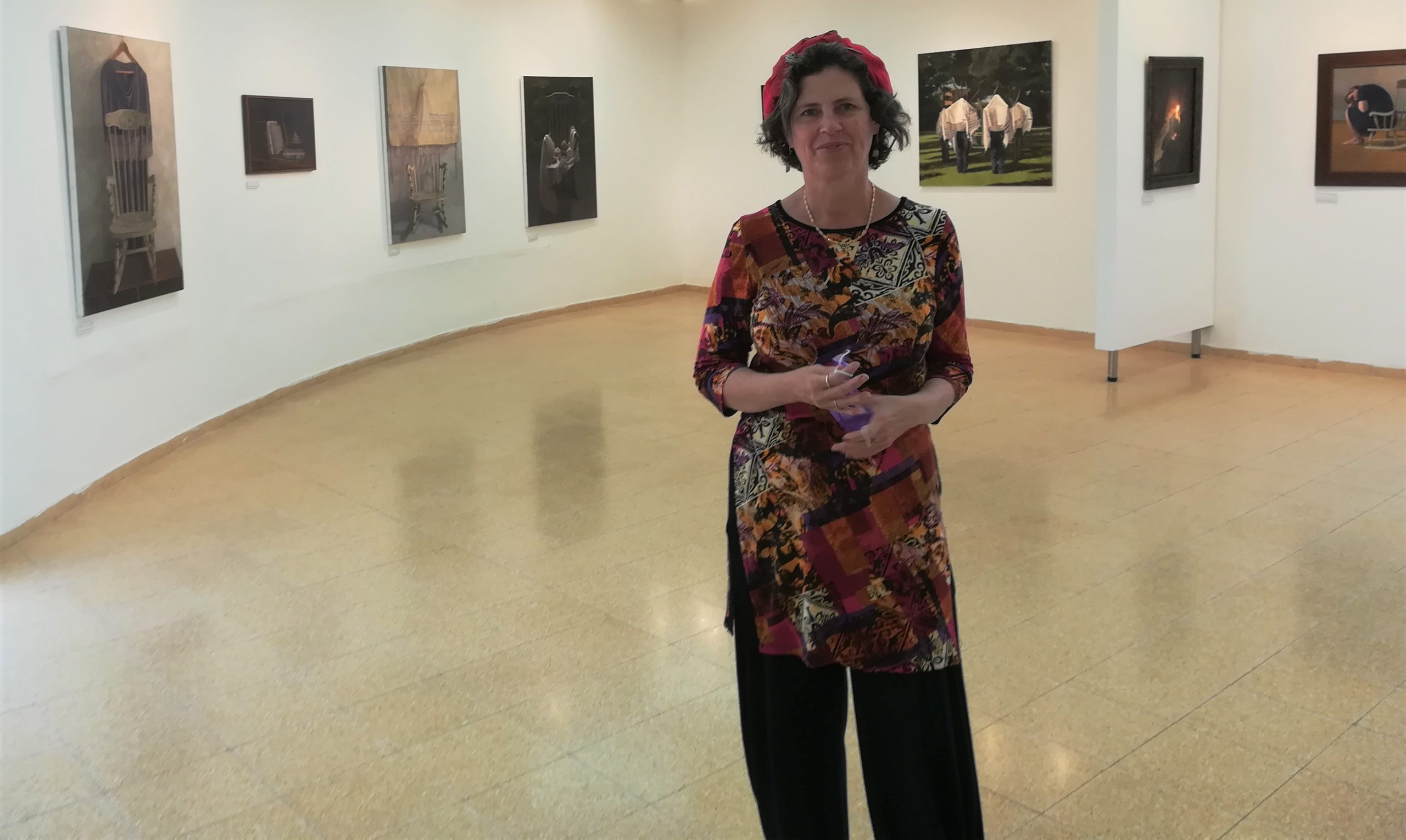Under the Radar is a monthly column where we talk to and learn about Mitzvah heroes, those amazing people who are changing the world, doing their part in Tikkun Olam and making the world a better place to be.

Under the Radar: Ophra Shoshtari
Written by Arnie Draiman
Ophra Shoshtari dreams of bringing the works of artists who live in Judea and Samaria to the forefront of the art world, as well as educating the local public about art in general. To that end, she is creating a very unique project. Ophra has founded the Mar’eh Center for the Art of Judea and Samaria. It will include a registry for artists from the area, but perhaps more importantly, it will be a place to provide art education to the children and adults living in the Shomron (Hebrew for “Samaria”) region.
A few years ago, Ophra and her husband and two children moved to the town of Einav, about a 30-minute drive due east from Netanya, situated in the Shomron. There they had their third child, and very much enjoy living in a small rural town, with friendly people, a lower cost of living, and plenty of space to raise a family with good values.
The Shomron is a vast area with rolling hills and is very rich in Jewish history. It has been under Israeli control since the 1967 Six-Day War. In order to make her dream a reality, Ophra has been working closely with the municipality of Ariel – known as the “capital of the Shomron”. Ariel is the best choice for the project due to its very central location and a strong desire of the city to help create the center. The city is rapidly growing and is home to one of Israel’s nine universities. Ophra is now working with the Ariel Development Fund, a non-profit designed to help the city of Ariel continue to grow in a variety of ways.
Ophra learned that there was already a group of English-speaking artists representing Judea and Samaria, but she felt that Israeli Hebrew-speaking artists should be included as well. So she brought everyone together and grew her tiny initial directory from 90 artists to over 250, in the course of just two years.
She also noticed that there is no permanent public art space in the Shomron, and felt it was simply unacceptable that people who live in the Shomron don’t get an art education, don’t know how to approach art, and don’t go to museums, so that became part of her mission
“I think that the average person is focused on their life, without much time or energy to examine the world and reflect it back,” she explains. “Artists, on the other hand, pay attention to that and then create something and show it. They use an incredible energy to create it, and then the average person can view it and be curious. Simply put, good art makes you think.”
Ophra grew up in the United States, where her formative years were spent in the Washington DC suburb of Silver Spring. Growing up in
an Orthodox home was comforting to her, and she has continued to “actively choose to be Modern Orthodox,” she explains. She was on an Orthodox gap year program run by Young Judaea, which included working on a kibbutz teaching English and working in a children’s home in Netanya. Ophra feels that these experiences showed her that there was more to the world than the “bubble” that she had been used to. She was raised in a strong Jewish and Zionist home, but actually making Aliyah was something her parents spoke about “happening later.”
While studying art and art history at the University of Maryland, Ophra discovered that though the art itself was fascinating, she really enjoyed being a critic and reviewer. Her art theory teacher enlightened her with a career option of being a curator. And so she started as an intern, while finishing her degree, at smaller museums in the DC area.
After college, it was unclear if she could find work in the field, and Ophra felt the time was right to come to Israel. She made Aliyah, did a Hebrew ulpan in Jerusalem, and started working part-time in a small gallery in town. A couple of years later, she moved to Haifa to do her Master’s degree in Art History at Haifa University, and also completed the certification course as a curator.
A job opened at the Gordon Gallery in Tel Aviv – one of Israel’s oldest, most well-known, and respected art galleries – and Ophra began to work with some of the most recognized and distinguished artists in Israel. The gallery has thousands of works of art in its collection, and Ophra was able to tackle the huge task of organizing and cataloging large sections of it, in addition to presenting pieces of art in exhibitions every month or two. It was an excellent experience and provided on-the-job training in Israeli art.
A few years and a couple of children later, she went to work as a guide at the Museum of the Jewish Diaspora (now called Anu) at Tel Aviv University. Ophra enjoyed the work and discovered that not every museum works with its guides in the same fashion. Guides are there to
educate the public, and they perform their duties as dictated by the various nuances of that particular museum. At the Museum of the Jewish Diaspora, for example, the guides were given the basic information about what they needed to show and say, but were also given the freedom to adapt to their own style and interests. While working at the Tel Aviv Museum of Art, she learned that the guides were given much more freedom, and much less structure.
At the Tel Aviv Museum of Art she mainly worked in the registrar’s office, tracking all of the art that comes in and goes out – not only for the obvious reason of cataloging what you have and what is on loan, but for insurance purposes as well. She worked closely with the curators, and looked at their education program, gleaning more information about what she wanted to do.
Ophra’s project, Mar’eh (meaning “the look”), will create an artistic space in the Shomron which will be a home for art, a platform for local artists, and serve to bring art from elsewhere to the residents, so that they can learn to interact with art. She and the municipality of Ariel are soon to decide on the building for the art center, and then Ophra can begin building the project in earnest. There will be programs there for adults and children – lectures, workshops, educational programs, gallery shows, meet the artist events, and much more.
When asked about the influence of her Judaism on her art world, Ophra explains that growing up Modern Orthodox afforded her an opportunity to see the world critically, and one could look at art and religion “with a critical eye and still be respectful, wanting to learn more, and see where change can occur.” Christian art and the influence of the church on many artists actually strengthened her in her Judaism, rather than having the opposite effect, as one might think.
Visitors are very welcome to see the space (opening soon) and participate in the programs. If anyone knows of artists not yet represented, please contact Ophra. She can be reached at ophra@mareh.org.il. And of course, if anyone wants to buy art, Ophra can expertly assist.
Mar’eh’s Facebook page

Artist Orly Shalem from Nili with her work at an exhibition in Shilat
Photo credit: Ophra Shoshtari

Artist Chani Cohen Zada of Talmon in her solo exhibition in Meitar
Photo credit: Ophra Shoshtari
Related Articles
Related
UNDER THE RADAR – 3 Women’s Legacies
Under the Radar Where we talk to and learn about Mitzvah heroes, those amazing people who are doing their part in Tikkun Olam and making the world a better place to live in.This is a special column – Three short vignettes, dedicated to the memory of these special...
Under the Radar: Meredith Rothbart
Under the Radar Where we talk to and learn about Mitzvah heroes, those amazing people who are doing their part in Tikkun Olam and making the world a better place to live in.A feminist, an Orthodox hair-covered-with-a-head-scarf Zionist, an IDF veteran, a mother of...
Under the Radar: Joelle Eckstein
Under the Radar Where we talk to and learn about Mitzvah heroes, those amazing people who are doing their part in Tikkun Olam and making the world a better place to live in.Some of our Mitzvah heroes see a need not being taken care of and dive in to help. Others go...
